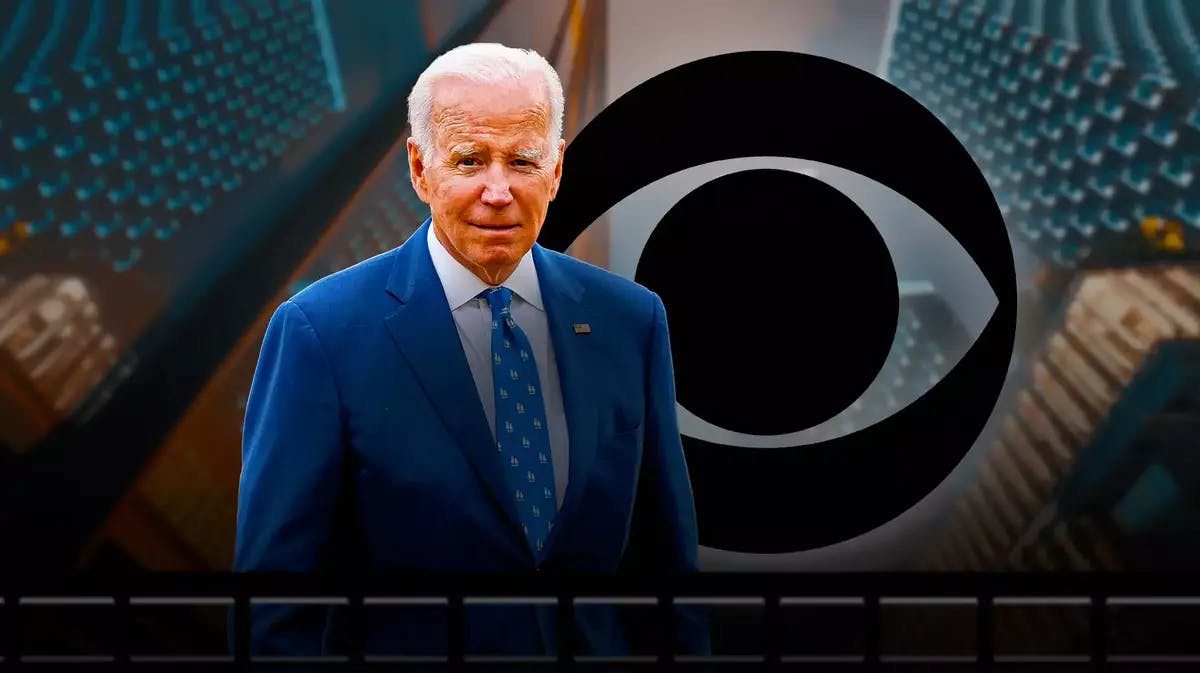President Joe Biden will not being doing a sitdown interview on Super Bowl Sunday, per an exclusive report by entertainment publication Variety. The interview is typically conducted by a journalist who works with the network that is broadcasting the Super Bowl and typically features the president speaking about topics of importance at the time to their tenure and the world at large. This is the second time that the White House has declined to do a pre-Super Bowl interview as President Biden did not speak with Fox News, the news arm of Fox, prior to Super Bowl 57.
According to Variety, CBS News proposed a 15-minute interview with the president, with a three to four-minute segment airing during CBS's Super Bowl pregame show version of NFL Today. Typically, announcements about a Super Bowl interview with the president are confirmed at least five days prior to the event.
White House spokesperson Ben LaBolt said, “We hope viewers enjoy watching what they tuned in for — the game.”
The precedent of a sitting president doing a sitdown interview in the leadup to the Super Bowl started with Barack Obama in 2009. He then did an interview each year of his presidency, including with CBS News, NBC News, and Fox News. President Donald Trump continued the tradition of doing the pre-Super Bowl interview but notably declined in 2018, reportedly in hopes of avoiding conversation about his criticisms of NFL players who kneeled during the national anthem to protest social injustice.
The shift of the White House doing fewer interviews with traditional outlets is notable as the administration has embraced more of a focus on reaching Americans through digital outlets such as TikTok. Ben LaBolt, in an article by the Washington Post published in December 2022 about the communications strategy of the administration, says that they've embraced a multi-layered approach to media.
“Our communications strategy is ‘all of the above’ — which it must be to break through in a fractured media environment and an era of information overload. We study where Americans get their information and make sure we are meeting them where they are, whether that is traditional newscasts, social media or consumer outlets.”
